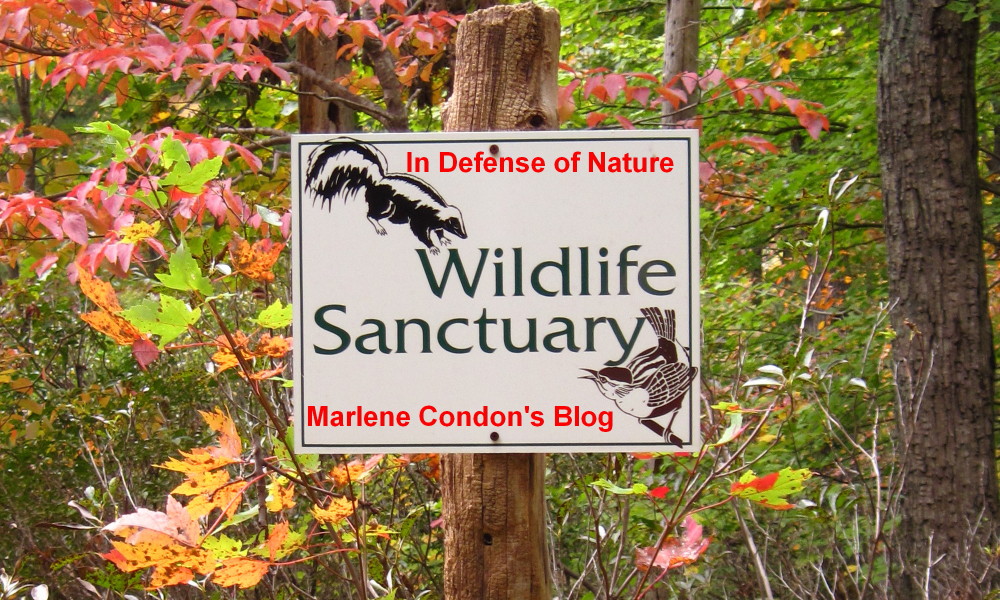The Air Potato Incident
 |
An Air Potato Vine
is loaded with little “potatoes” by the end of September in Virginia. |
ALL TEXT AND PHOTOS © Marlene A. Condon
The Air Potato Vine (Dioscorea bulbifera) gets its name from the aerial “tubers” that look just like miniature potatoes (at least on plants growing in Central Virginia where I live; in warmer areas they can apparently be much larger). This vine is not native to the United States and is considered “invasive”. Consequently, it’s on the hit (with herbicides) list of nativists (folks who prefer only native plants be grown in this country).
Thus,
it came to pass that I happened upon two people on a very gray, cool, damp,
late-September morning with spray tanks on their backs. They were walking in
and out of woods within 100 feet of the local river. I stopped to ask what they
were doing, and was told they were searching for Air Potato Vines to destroy.
When I asked why, I was given the usual spiel about these vines being invasive
and harmful to the environment.
Their
plan was to pull the vines down off whatever plants they were growing on, and
spray only the bottom few feet with Triclopyr, an herbicide that—according to
its label—can pollute ground water where it's shallowly located. Considering the
proximity of the river, the ground water table must have been very close to the
surface of the land where these two folks were spraying. (Waterways are
indicative of ground water level.)
https://alligare.com/wp-content/uploads/2018/08/ag-triclopyr-4-specimen-label.pdf
Disregarding
the fact that Air Potato Vine does not seem to get very large in the area where
I live and hardly poses much of a threat to trees growing along the edges of
roads or bordering driveways (this plant requires sunlight to thrive), there
were plenty of other practical reasons why these folks should not have been
ordered by their employer to spray for Air Potato Vines on that particular day.
First
and foremost, it was far too late in the season for this activity. These plants
would have already made their little “spuds”, which must have gone flying all
over the place when the vines were pulled down. These people were, in fact,
assisting the vine to “invade” an even wider area than it would have reached on
its own (people’s involvement in so-called invasiveness is rarely, if ever, acknowledged).
Additionally,
herbicides are supposed to be used on plants while they are in the growing
stage, which the plants were well past by the end of September. Therefore, chemicals
were being put onto these plants for no purpose whatsoever as they would have
no effect. And even if the plants were still growing, it was supposed to rain
that day and the air was already quite humid. Herbicides should never be
employed when leaves are damp because their effectiveness is diminished, and rain,
of course, simply washes these substances off into the environment.
Pesticides
are never good for our wildlife. Amphibians have extremely absorbent
skin, which means they are poisoned by these chemicals. Just the day before I'd
found a very young Gray Treefrog resting on a plant leaf along that very road.
People
need to start recognizing that animals are out there and being harmed by their zeal
to rid the world—via pesticides—of nonnative plants that do not pose anywhere near
the harm (if, indeed, any) to our environment as the poisons they employ.
NATURE ADVICE:
The Eastern
Chipmunk that lives in this area fills its cheeks with Air Potato Vine tubers to
store in its den for winter food. If those little spuds are sprayed with
pesticide, the chipmunk will be poisoned. If you don’t want certain plants on
your land, it’s far better to pull or cut them at the right time of year than to use weed killers that can hurt our wildlife.



